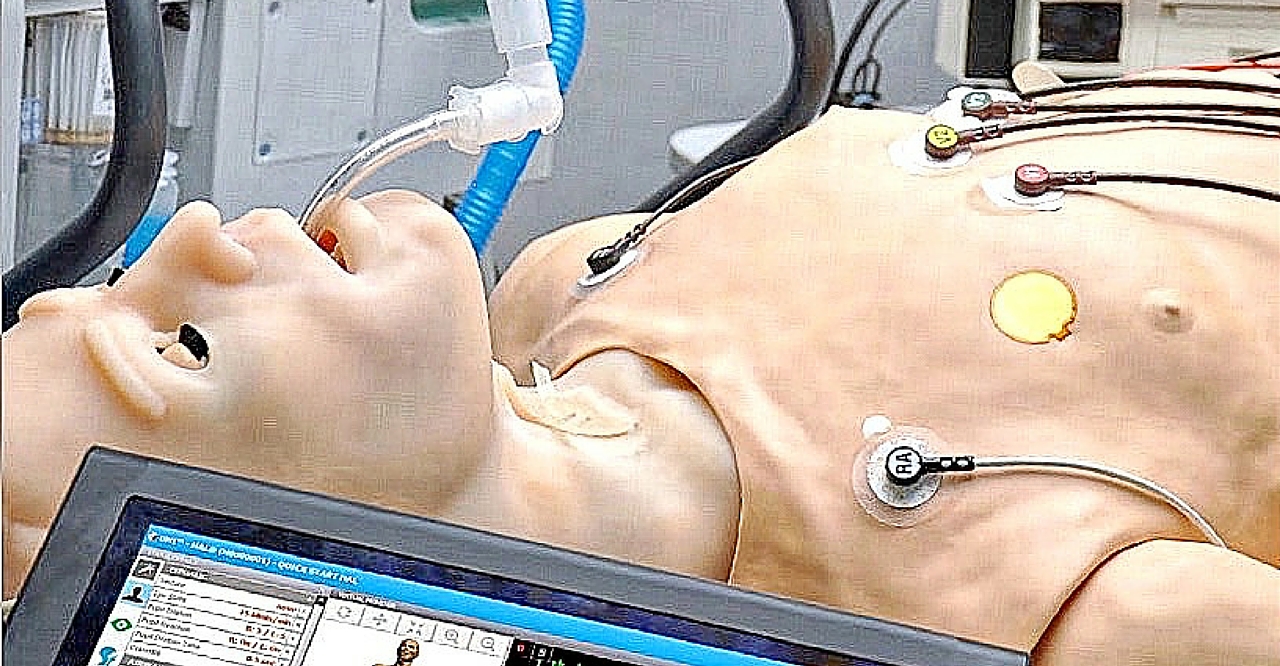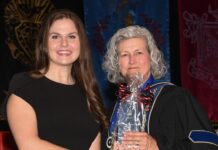CULLMAN – The Cullman Area Technology Academy (CATA), formerly known as the Cullman Area Career Center, is pleased to announce the expansion of its Health Science Program. This program expansion will meet the growing needs of students pursuing careers in health or medical related fields of study.
CATA is excited to have Adrian Basch, RN join the Health Science Program. Mrs. Basch joins the health science team and will work with Tracy Smith, RN to provide a quality learning experience for students as they pursue careers in health and medical fields.
In addition, the program will be adding three simulation mannequins: Trauma Hal, Susie, and Pediatric Hal. These simulation mannequins will replicate real life situations providing a learning environment that will allow students to learn valuable knowledge and skills, without the fear of putting patients at risk.
Instructors will use the mannequins to teach basic health skills such as blood pressure and oxygen saturation monitoring, pulse and respiration monitoring, initiation of IV access and performing 12 lead EKGs.
Jeff Curtis, Cullman County Schools Career Tech Director, states, “The health care field is a large part of the workforce for Cullman County and its surrounding areas. Many of our students have an interest in these areas of study and in the past we have had to turn students away. Now we can serve twice as many students and they will have better opportunities to master their skills.”
Billy Troutman, Principal at the CATA explains, “Students in the health science program at CATA have the opportunity to build their academic base from the health science curriculum, but the best part of our program is that students get to put their learning into practice in the classroom and even in clinical settings. With the addition of the new training simulators, this application will be enhanced tremendously.”
As state‐of‐the art technology becomes a greater part of the diagnosis and treatment of health care patients, it is imperative that students have access to state-of‐the‐art training to ensure that they are prepared for future careers in the healthcare field.
The simulation mannequins are lifelike and replicate real‐life medical situations on various levels of complexity. Instructors will be able to replicate various patient environments, observe student responses and provide immediate instructional feedback. Multiple medical scenarios allow students to perform assessments and to develop critical thinking skills needed in the healthcare environment. Students will have the opportunity to earn a certification as a Certified Nursing Assistant.
In addition, Cullman County Schools has an articulation agreement with Wallace State Community College which will provide an opportunity for students enrolled in the Health Science Program at CATA to earn credit at Wallace State Community College based on course offerings and alignment that is approved by Wallace State officials.
This opportunity will provide a smooth transition from high school to post-secondary education and enhance the overall quality of education services provided on both campuses. CATA is excited about the partnerships, as they work together to help students achieve their career goals.
The health science program primarily targets the Healthcare Industry such as doctors, nurses, lab technicians, physical therapists, respiratory therapists, x-ray technicians and other medical related fields. It does; however, allow for individualized training for students in other interest areas such as veterinary medicine, dentists and dental hygienists, and chiropractic applications.
Research indicates a growing need for healthcare workers. This increased need will be a direct result of the retiring baby boomers, which comprise 40% of the current healthcare workforce, along with the increased life expectancy of future generations.
Therefore, it is critical that CATA prepares a new generation of health care providers. Through this initiative the organizations hopes to meet this challenge, resulting in a highly skilled and trained workforce for the community and state.
“The integration of academics into project-based learning through the use of simulation will prepare students for a successful transition into the workforce,” states Dr. Phillip Cleveland, Director of Career Technical Education/Workforce Development. “This type of learning is a model of what career and college readiness looks like, and can be replicated in other parts of the state.”
For more information or to learn more about this program contact Billy Troutman, 256‐734‐7740.



























